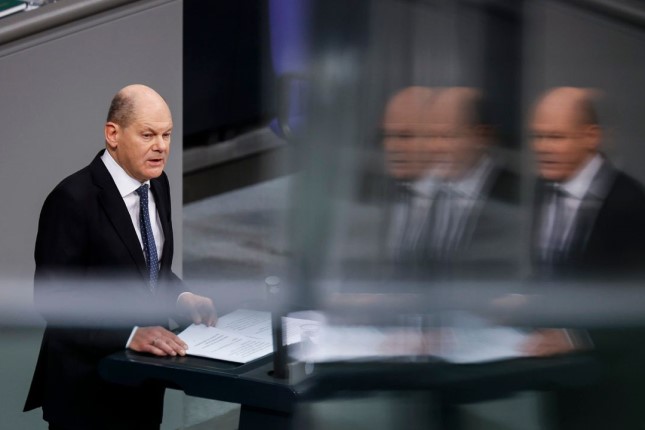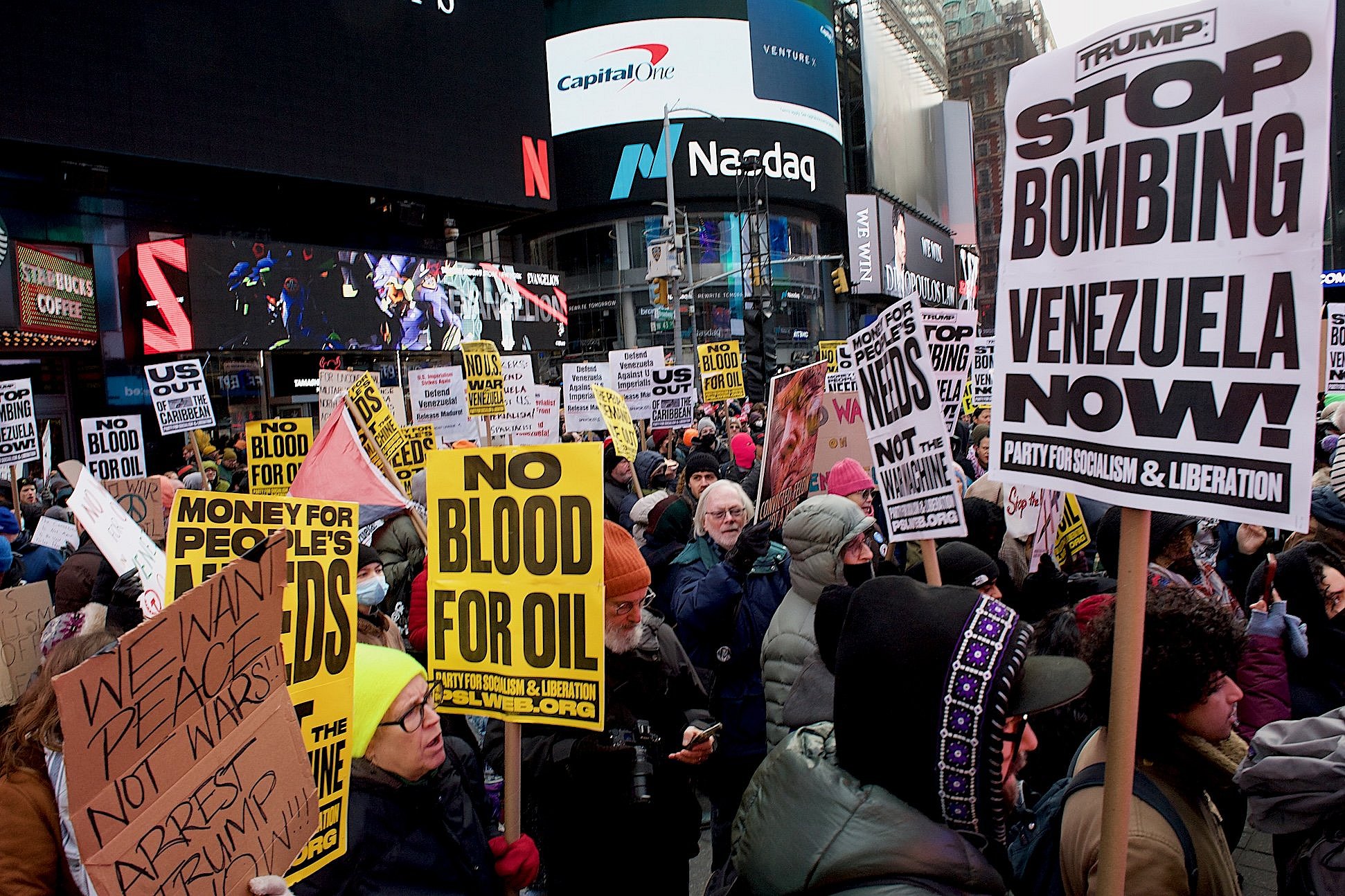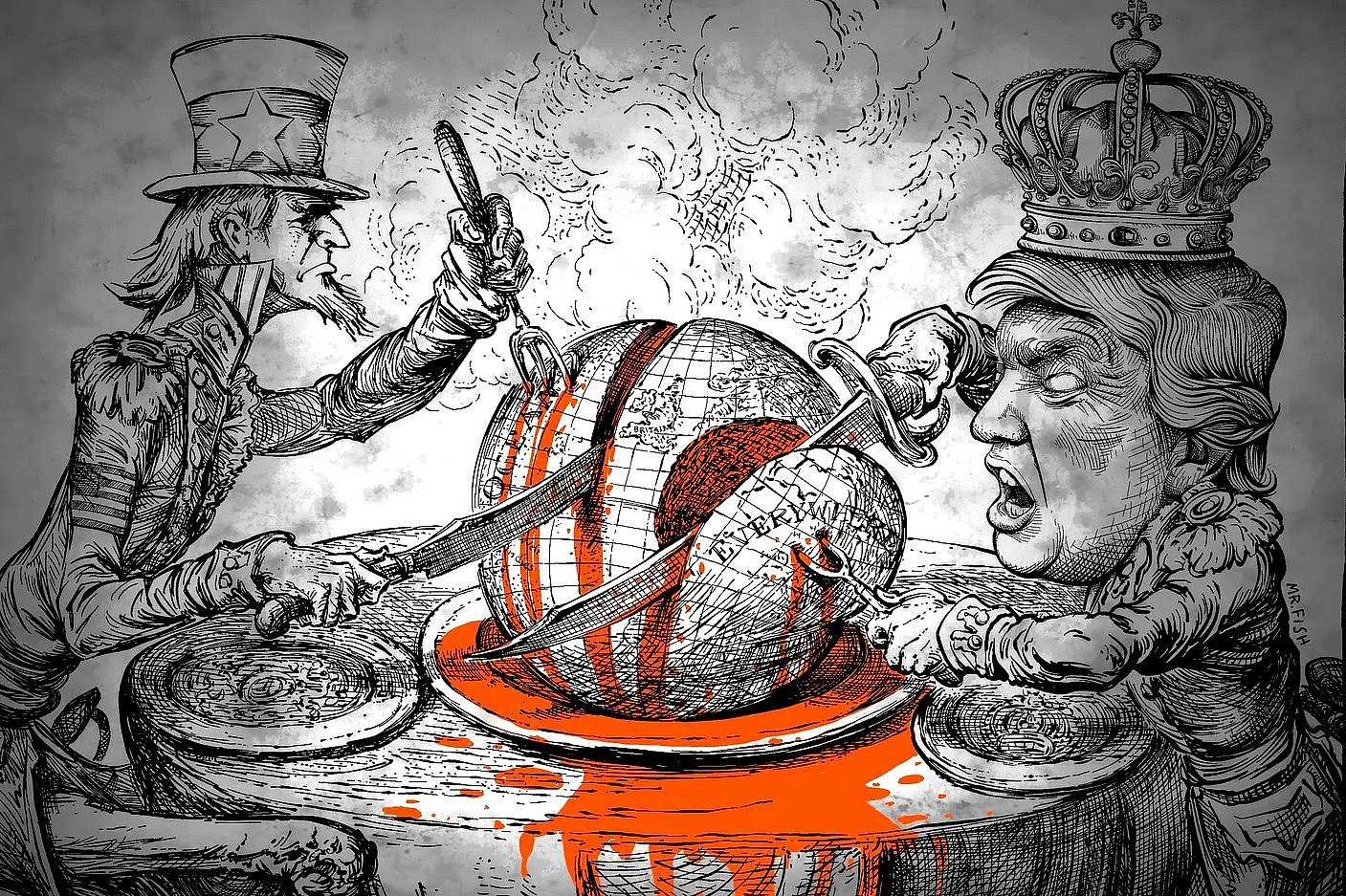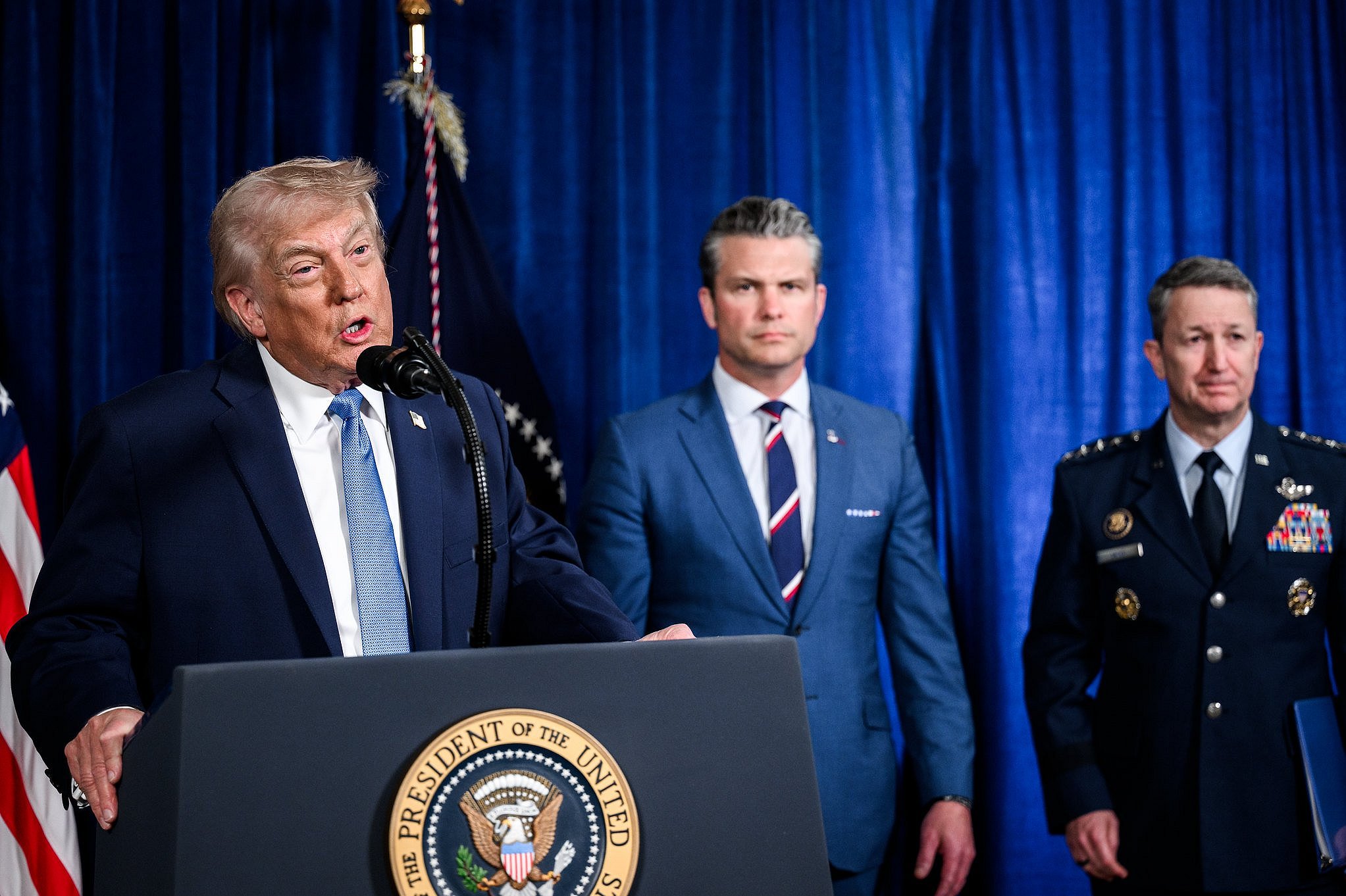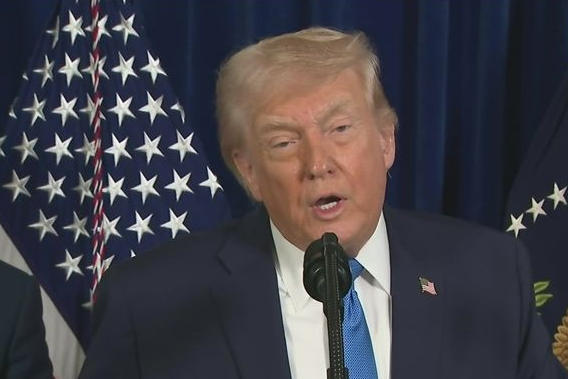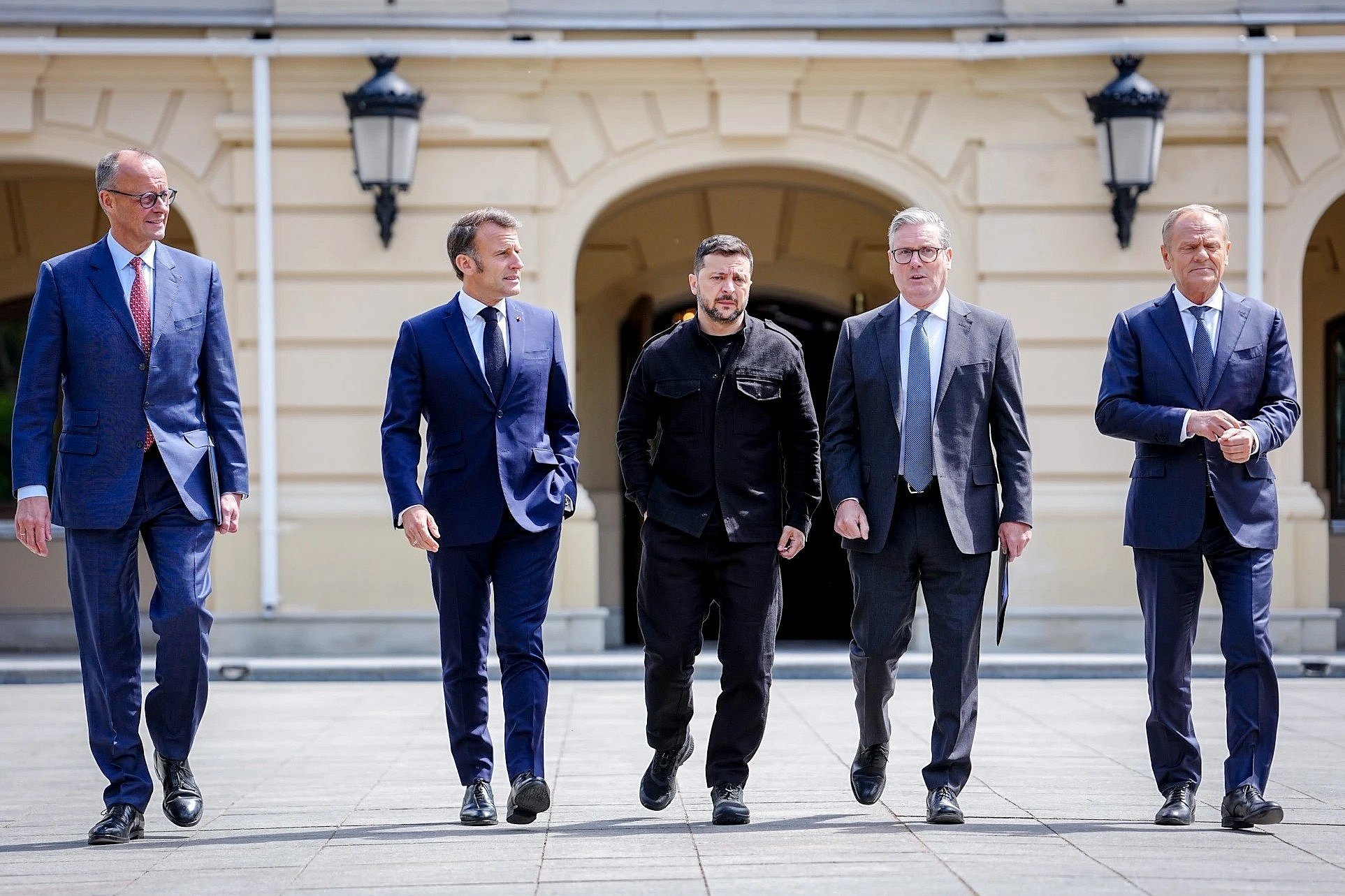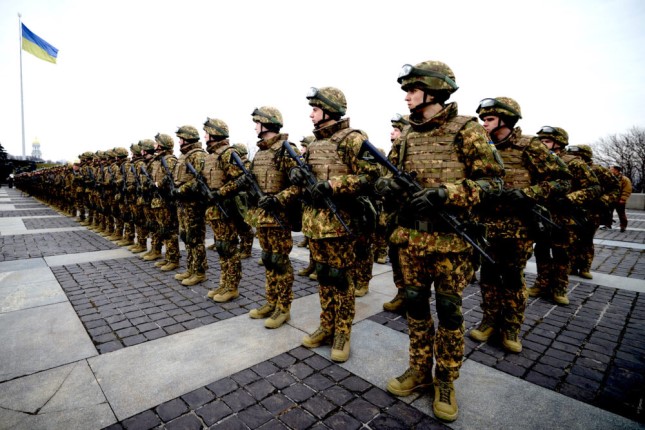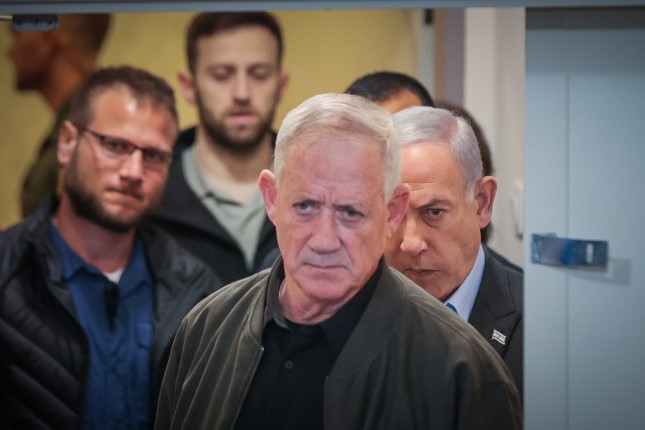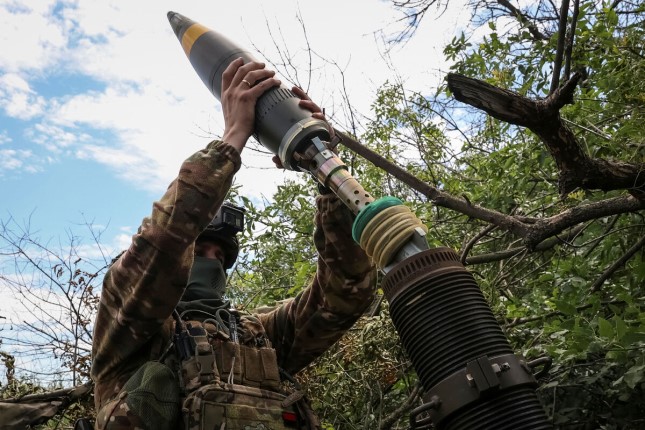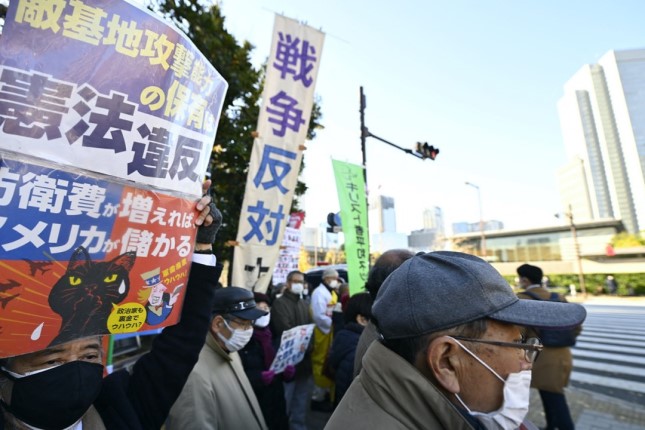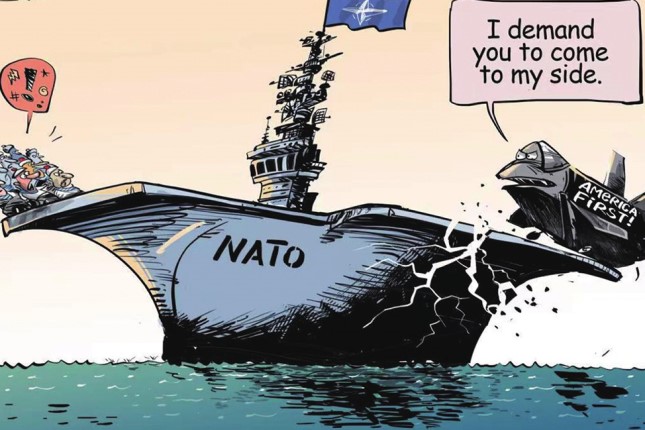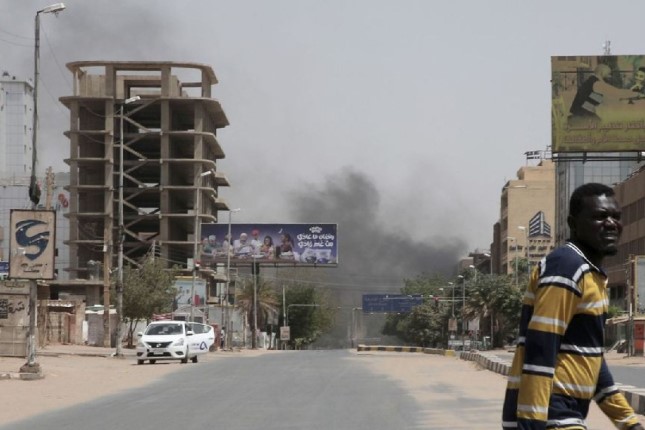The €50 billion is only a fraction of the sums used by the US, the EU, Germany and other European powers to finance and intensify the war against Russia. The funds serve exclusively to support the Ukrainian state budget for the next four years and is meant to prevent the country from going bankrupt and no longer able to pay salaries and other expenses.
The enormous sums for arms and ammunition deliveries are not included in the €50 billion. As the EU foreign policy chief Josep Borrell announced on Wednesday after discussions with the EU defence ministers, 13 European countries alone want to support Ukraine with military aid amounting to €21 billion in 2024. Germany is at the top with €7.4 billion.
The “Ukraine Support Tracker” from the Kiel Institute for the World Economy has calculated that Ukraine received a total of $247 billion in military, financial and humanitarian aid commitments between January 24, 2022 and October 31, 2023. The largest donor was the EU with $81 billion, followed by the US with $75 billion and Germany on its own with $22 billion. This is significantly more than Ukraine’s annual gross domestic product, which amounted to $200 billion in the last pre-war year 2021.
These figures speak volumes about the real nature of the war. The NATO powers supply the weapons and ammunition, logistics and strategy, they finance the state apparatus and the corrupt oligarchic regime of Volodymyr Zelensky, which in turn provides them with the Ukrainian youth as cannon fodder.
The claim that this war is about “democracy” and “freedom” is a mockery. Even in the hypothetical case that Ukraine would “win” militarily and enter the EU, it would remain highly indebted and its working class an object of exploitation for international corporations. Of the €50 billion that the EU has now released, €33 billion is in long-term loans that are taken out on the financial markets and must be repaid.
The real goal that NATO is pursuing with the Ukraine war is the dismantling of Russia and gaining control over its raw materials and strategically important areas. Since the dissolution of the Warsaw Pact and the Soviet Union, NATO has expanded its borders ever further to the east, in violation of relevant agreements, and has integrated all of Eastern Europe and parts of the former Soviet Union into the military alliance. In 2014, the NATO powers organized a right-wing, anti-Russian coup in Kiev, leading to the current war.
The Putin regime, which represents the interests of the Russian oligarchs, had no other answer to NATO encroachment than to launch its reactionary attack on Ukraine, in the hope of forcing the NATO powers to make concessions.
But the NATO powers are in no mood to make concessions. They are not only financing and escalating the war in Ukraine, but are also massively arming themselves against Russia and deploying thousands of soldiers on the Russian border. The ongoing “Steadfast Defender” is the largest NATO exercise since the end of the Cold War. Around 90,000 soldiers are rehearsing an attack on Russia.
Leading politicians, such as German Defense Minister Boris Pistorius, have declared that Europe must prepare for war with the nuclear-armed Russia in “a period of five to eight years.” The Germans would have to “learn to live with the danger again and prepare themselves—militarily, socially and in civil protection,” he said. The chairman of the NATO military committee, Rob Bauer, is committed to building a “war economy” in order to prepare for a “direct clash with Russia.”
On the eve of the EU summit, German Chancellor Olaf Scholz and other European heads of government made it clear that they would also continue and escalate the war against Russia if the US commitment declines due to the conflicts between Democrats and Republicans, or an election victory by Donald Trump with a greater US focus on a war with China.
In a guest commentary published in the Financial Times, Scholz and the heads of government of Denmark, the Czech Republic, Estonia and the Netherlands demanded: “We must strengthen our resolve and redouble our efforts to ensure that we maintain our support for as long as necessary.” This requires “an expansion of industrial capacities in Europe” as well as “sustainable investments by the Member States.”
“Our ability to continue to support and sustain Ukrainian defenses, both during the winter and in the longer term, is critical.” The guest commentary continues, “We Europeans have a special responsibility. That is why we must act.”
Scholz was even clearer in a government statement he made to the German parliament before leaving for Brussels. Putin hopes for the American presidential elections and for the fatigue in Europe, he claimed, promising: “We will make our big contribution for this year, and we will do everything we can to ensure that Europe’s joint contribution is so great that Ukraine can rely on it, and that Putin cannot expect our support to fade at some point.”
German imperialism, which already brought Ukraine under its control in the First and Second World Wars and twice tried to conquer Russia, is reacting to the deep crisis of world capitalism and the collapse of the imperialist-dominated world order as it did then: it is trying to rise to the position of Europe’s hegemon, rearm, and lash out militarily.
In addition to the war against Russia, Germany and the other European powers also support the genocide of the Palestinians in Gaza, which serves the US and its allies as a prelude to another war to subjugate the Middle East, as well as the US deployment against China.
The return of German and European militarism is directed not only against geopolitical rivals, but also against its own working class, which must bear the costs of war and militarism, and exploited sections of the petty bourgeoisie, such as farmers.
The EU summit in Brussels was besieged by protesting farmers who blocked entire streets with their tractors. Farmers in France, Germany, Poland, the Czech Republic, Lithuania and Greece are also protesting against subsidy cuts that are ruining their livelihoods.
There is rising militancy from the working class. In Germany, in the week before the EU summit, train drivers shut down rail traffic for five days, airport workers shut down air traffic for one day, and bus and tram drivers shut down public transport for one day. Resistance to layoffs and real wage cuts is also growing worldwide in the automotive, supplier and numerous other industries.
Photo: German chancelor Olaf Scholz addressing the Bundestag © Photo by DBT / Florian Gaertner / photothek.
Source: World Socialist Web Site.
